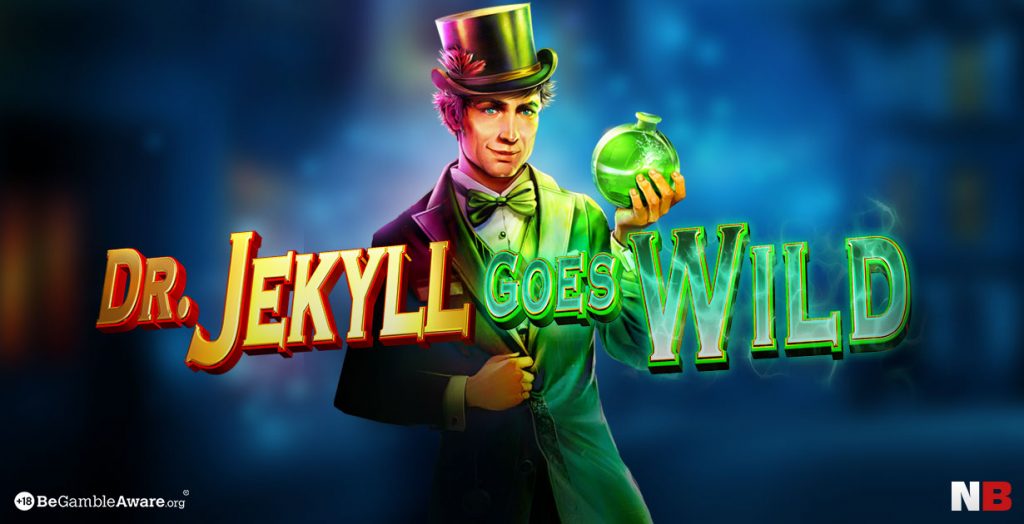
The Birth of Science Fiction
It was Mary Shelley’s birthday last week. When this woman was just eighteen-years-old, she sat down to pen a ground-breaking novel. Just two years later in 1818, the first copies of Frankenstein appeared on the shelves of London booksellers. Unlike monsters that came before, this was not of the gods or a magical realm but made by man using science. The genre of ‘science fiction’ was born.
Science fiction brought the world a new way of looking at monsters. No longer were they a mythical beast for a hero to slay but unnatural creations to be feared or pitied. Sometimes both. In a time of rapidly advancing science, Shelley’s novel hit an uneasy nerve in a public that tried to reconcile these new discoveries with their religious beliefs. In the centuries that followed from Frankenstein, we saw more and more monsters in this vein.
Playing God
Soon after Frankenstein, the modern science fiction genre grew, exploring things from extra-terrestrial life to time-travel. As the genre amassed more titles, there were more scientific abominations and monsters for the public to read about. Rounding off the 19th century, The Strange Case of Dr Jekyll and Mr Hyde and The Invisible Man had plots that, like Frankenstein, raised questions about how far mankind should take their knowledge of science, questions that are still being asked today. Both have inspired NetBet slots in Dr Jekyll Goes Wild and The Invisible Man, slots which showcase the dark and gothic undertones of the original novels. Invariably, all of these narratives end with the destruction of the monster, sometimes by their own hand.
Fears from the Cold War Era
Jumping forward to the age of film, monsters evolved with this new method of storytelling. With Creature from The Black Lagoon and other movies from the 1950s, our monsters develop an interest in beautiful heroines. The films frame this as crossing a line in nature and heroes slay the monsters to protect the leading lady. Given the era, which had a very firm feminine ideal, these monsters represented society’s fears of a changing status quo, especially given the rise of women’s liberation a decade later. The zeitgeist of the 1950s is perfectly captured in the NetBet slot, Creature from the Black Lagoon, with a painterly style reminiscent of the film’s original poster. The creature still dies at the end, now to protect 1950s womanhood rather than to topple the hubris of scientists.
Modern Anxieties
In the late 20th and early 21st century, filmmakers posed the questions Mary Shelley asked two centuries ago. Jeff Goldblum in Jurassic Park put it best. ‘Your scientists were so preoccupied with whether or not they could, that they didn’t stop to think if they should.’
Unlike the works of the 19th century, where an unnatural thirst for knowledge inspired our scientists, our modern monster makers now have a taste for captitalism. From bringing dinosaurs back to life so you can open the world’s most dangerous theme park to Big Pharma trying to cure Alzheimers using questionable methods, films like Jurassic Park and the newest Planet of the Apes franchise also explore the consequences of greed. This is also when monsters start to live until the end of the movie. They are something that the surviving humans have to escape rather than conquer.
We wouldn’t have two centuries worth of science fiction monsters if it wasn’t for the genius of Mary Shelley. Since Frankenstein, the monster has been a source of endless inspiration. From writers asking the big questions in life to the best NetBet slots, we just love a great monster story.